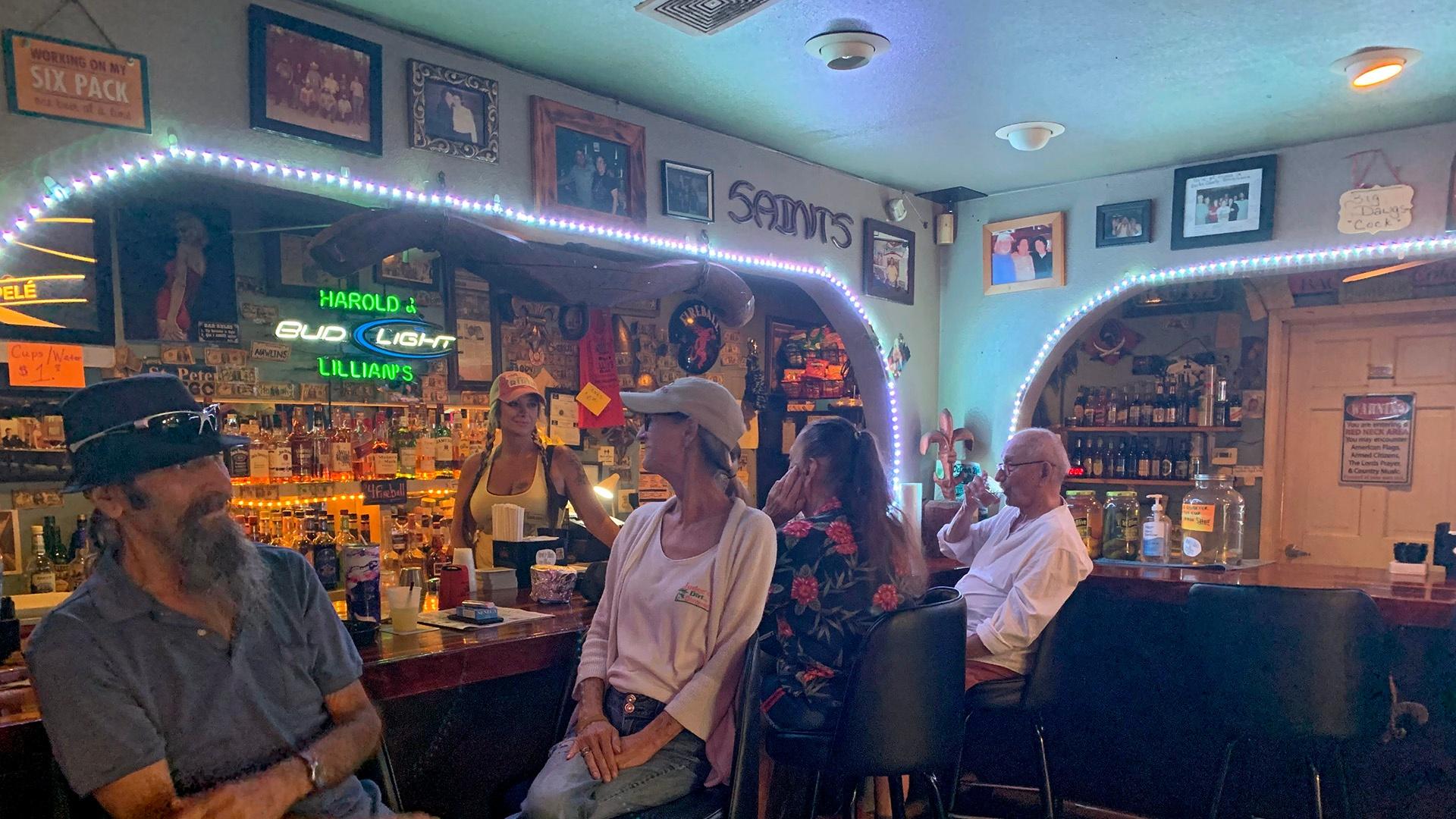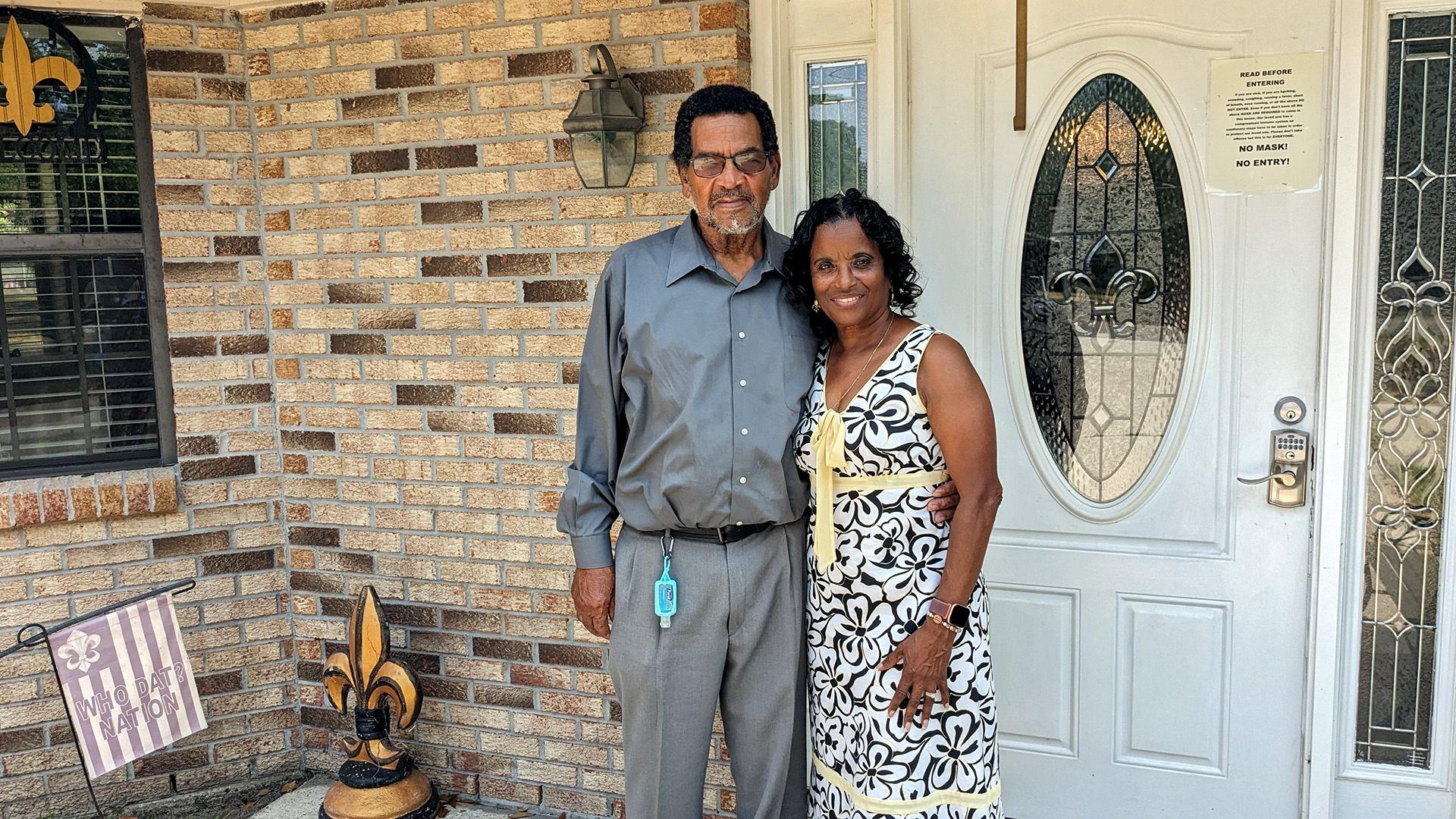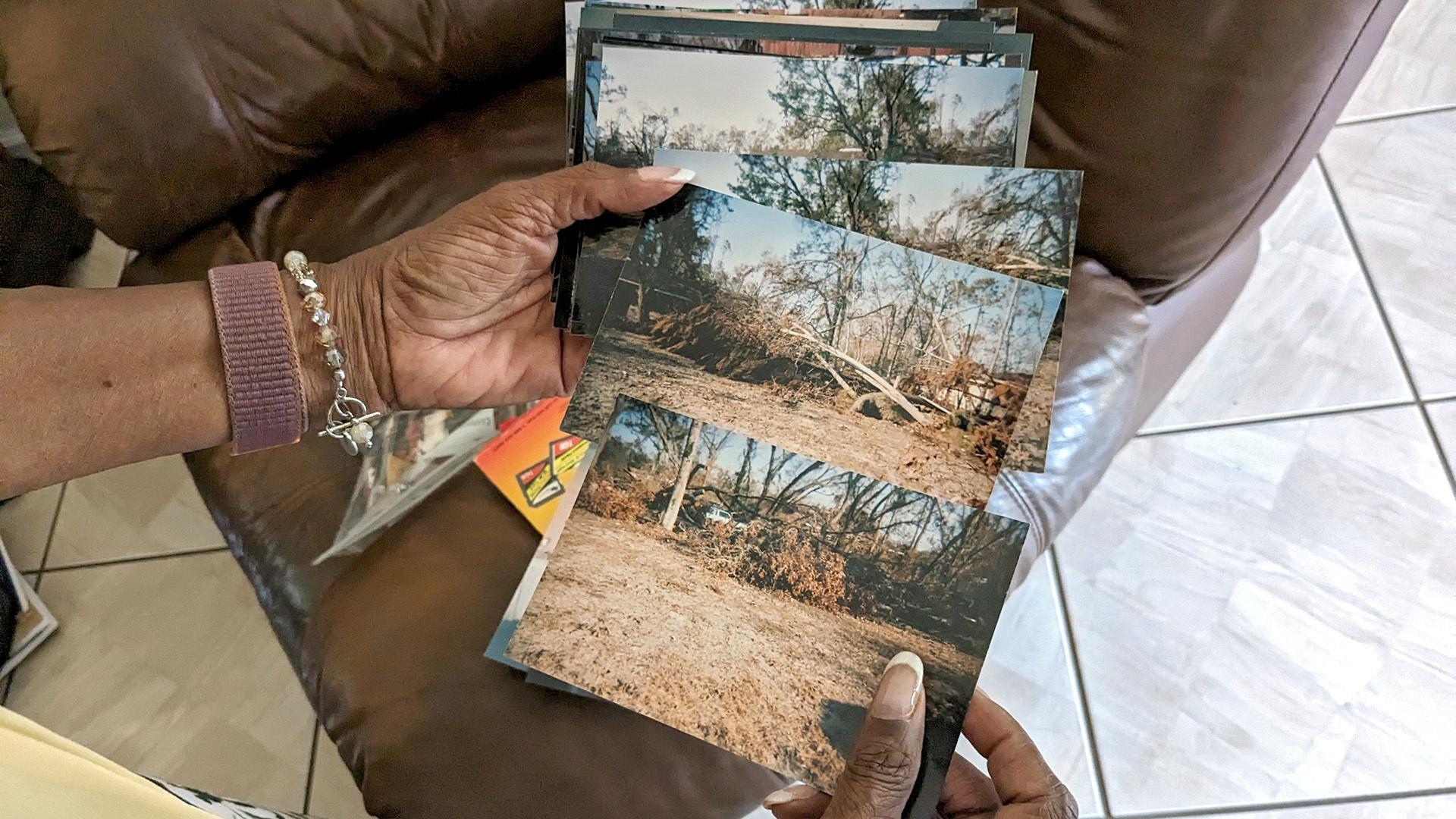Clermont Harbor, a small town in Hancock County, sits right on Mississippi’s Gulf Coast. That means when hurricanes come, it’s usually taking the damage head-on.
The community has been obliterated by hurricanes enough times that, on paper, it looks like a ghost town. A local historian wrote about its potential death in 2019, and the Hancock County Historical Society says it no longer exists.
But tell this to the crowd at Harold and Lillian’s, a Clermont Harbor bar that customers say is the epitome of “Cheers,” and you’ll get an impassioned rebuttal.
It’s a Tuesday morning, and regulars walk into the bar, giving a rousing good morning that wakes another one of the patrons who claims he’s trying to sleep. It’s not even noon, after all.
Bartender Melyssa Owens said these folks have been there since bright and early.
“They call themselves the Breakfast Club,” she said. “They're here waiting for me every day. Now they know to come in at 8:05 or 8:10 because I'm not going to be here at 8.”
Michele Easches, a regular at Harold and Lillian’s, said no matter how many storms come, this nearly 80-year-old dive bar builds back.
“The first places that are open are the bars and the churches,” Easches said.
Owens provides an easy explanation.
“Because your whole life is torn apart. You need to pray and you need a drink. Bottom line,” she said.










